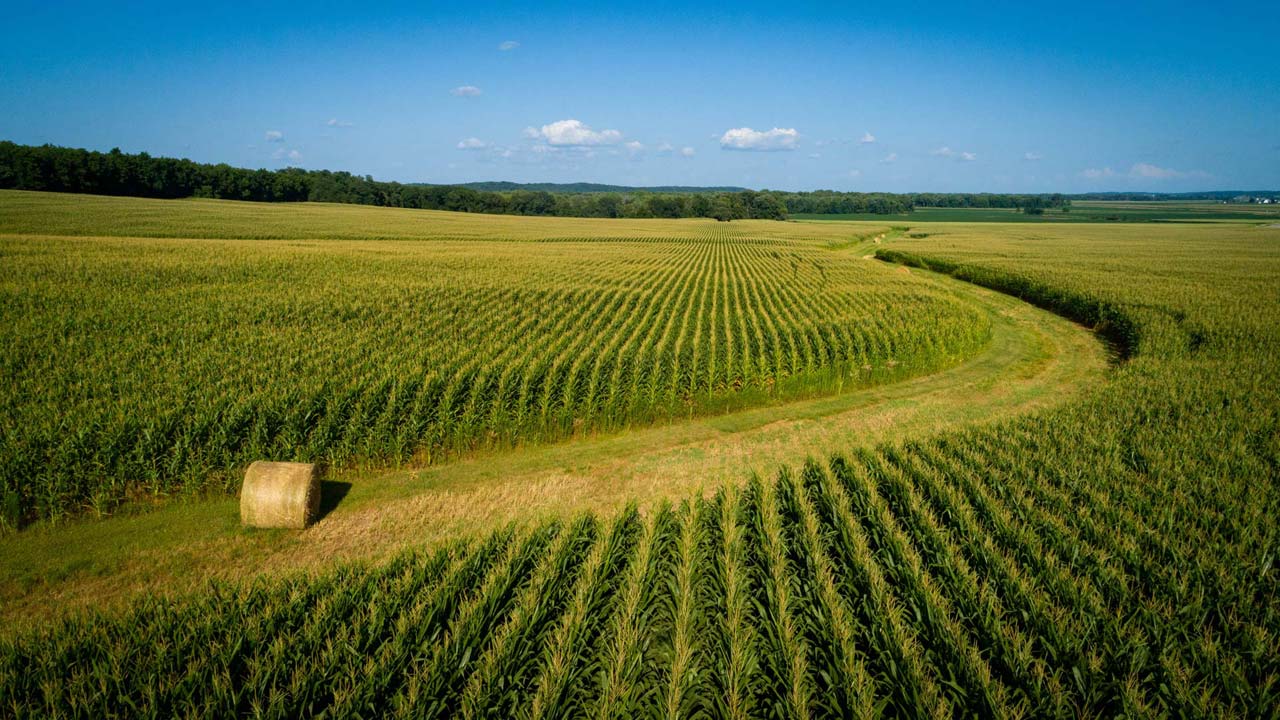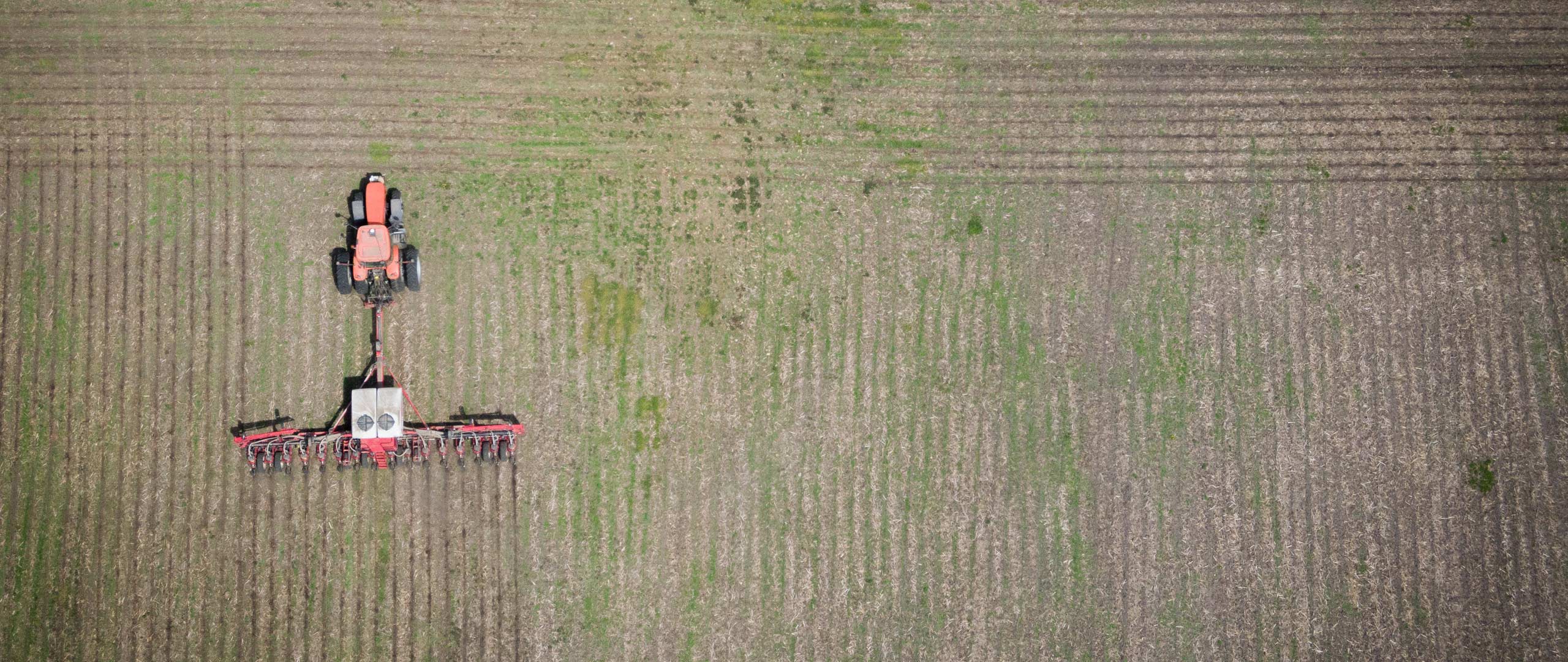Iowa Corn News
From checkoff efforts to legislative happenings to association news, stay up to date and in the know on all things Iowa Corn.

The December 2024 Stewardship Advocate features guest writer Ron Lenth, to report on his research in Bremer County.

The November 2024 Stewardship Advocate from Iowa Corn covers collaboration between Iowa Corn and Iowa Soybean Association examining the effect of cover crops and no-till on nutrient stratification and soil compaction.

The October 2024 Stewardship Advocate from Iowa Corn covers the Iowa Nutrient Research and Education Council Survey Results.

To help farmers and others understand and simplify this area, the Iowa Corn Promotion Board has developed a series of resources to help address questions from farmers about carbon intensity, tax credits, carbon markets and payments and premiums.

To help farmers and others understand and simplify this area, the Iowa Corn Promotion Board has developed a series of resources to help address questions from farmers about carbon intensity, tax credits, carbon markets and payments and premiums.

This Stewardship Advocate describes a CI calculator recently developed by ISU Extension and Outreach that is posted on the ISU Ag Decision Maker website here. The calculator is meant for informational and educational purposes only and produces estimates of CI scores.

In this month's edition of Stewardship Advocate the Iowa Corn Promotion Board, Iowa Soybean Association, and the Iowa Agriculture Water Alliance are leading a statewide push toward a national cover crop goal of 30 million acres.

This month’s Stewardship Advocate is partially adapted from an article from the Illinois Corn Growers Association entitled “A Farmer’s Guide to the GREET model”. Recently, there has been a lot of information and confusion about the GREET model, especially as it relates to tax credits like 45Z and 40B.

This month’s Stewardship Advocate features denitrifying bioreactors, a relatively new edge-of-field water treatment technology used to reduce nitrate-nitrogen in tile water coming from crop fields. Bioreactors are below-ground chambers, where tile water mixes with a high-carbon material like woodchips in a low-oxygen environment. Naturally occurring microorganisms on the wood chips consume the nitrates in the water and release it as nitrogen gas. The average bioreactor can handle up to 100 acres of upstream tile drained land. Installed bioreactors have shown up to a 54% nitrate load reduction, with an average nitrate removal of 43%.

This month’s Stewardship Advocate focuses on Carbon Intensity (CI) scores, including how they are calculated and what farmers can do to improve their scores. CI is defined as carbon dioxide emissions per unit of energy and is recorded as grams of greenhouse gases (GHG) per mega-jewel (MJ). Carbon dioxide makes up the majority of greenhouse...
